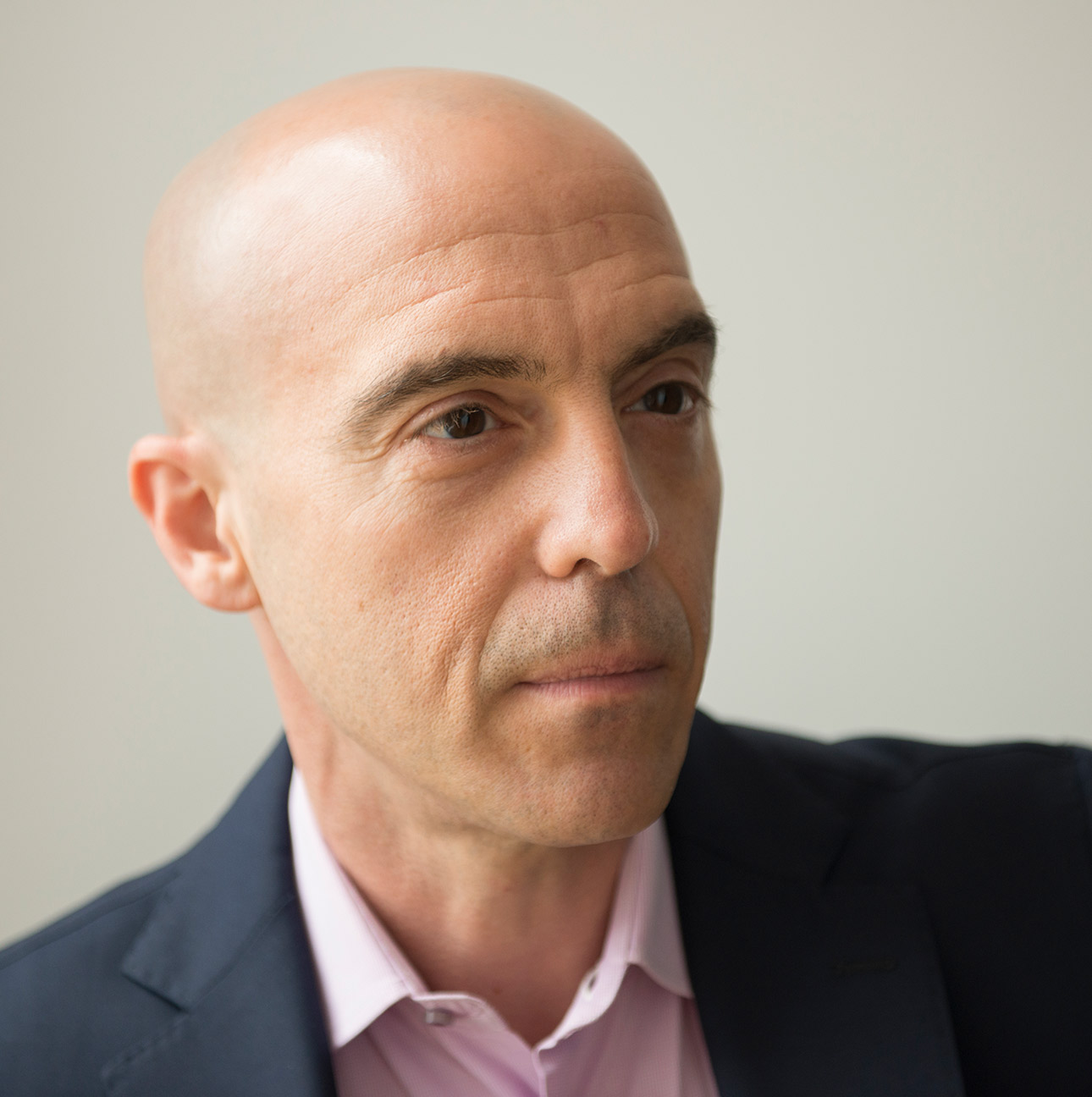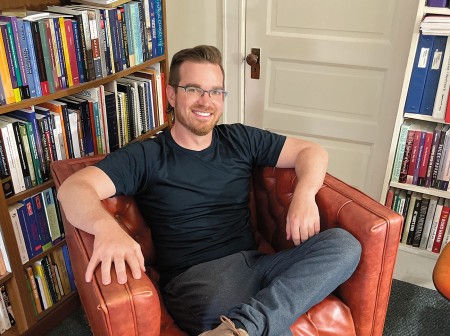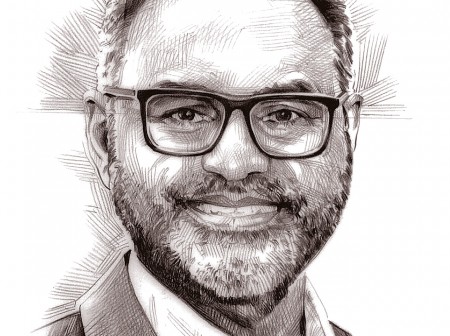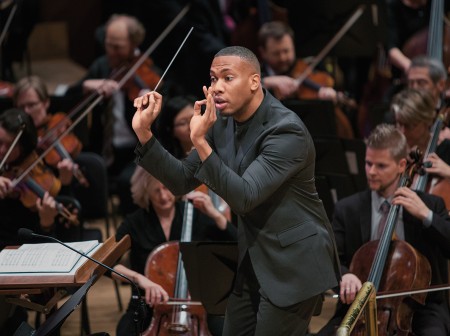Sinan Aral ’96 is the David Austin Professor of Management at the Massachusetts Institute of Technology and director of the MIT Initiative on the Digital Economy. Aral is also an entrepreneur and venture capitalist who has helped Facebook, Twitter and other Fortune 500 companies more effectively use big data analytics. His upcoming book, The Hype Machine, describes how social media impacts our brains, our democracy, our economy and our health — and how we can reap its benefits and minimize the risks. Here, Aral discusses how he became interested in social media research, some of his most important findings and the Northwestern professors who impacted him most.
Why did you want to write The Hype Machine?
We have many books about how the sky is falling because of social media. This book tries to give a balanced view. Social media is a revolutionary technology that can generate a lot of good in the world: It delivers a ton of economic value and lifesaving information. It enables coordination, cooperation and social movements.
There are also great risks — from foreign interference in our elections to the spread of misinformation, hate speech and genocidal propaganda — and we cannot overlook those either.
I wanted to get past the “Is it good?” or “Is it evil?” debate and think about how we achieve the promise and avoid the peril of social media.
You published one of the largest longitudinal studies of false news in 2018. What did you find?
We studied all of the verified true and false news stories that spread on Twitter from 2006 to 2017, and we found fake news travels further, faster, deeper and more broadly than the truth in every category of news we looked at. What’s more, false political news was the most viral.
Overall, false news was 70% more likely to be retweeted than the truth, and bots were not responsible for this, as they were spreading false and true news at essentially the same rate.
Those are some of the scariest results I’ve ever seen in my field, with tremendous implications for our democracy, our economy and our public health.
What are some of those implications?
Social media can skew elections through the spread of misinformation, as well as election interference and even microtargeting by political campaigns (i.e. targeting campaign ads to very specific demographic groups).
The spread of misinformation, or even the spread of true information, can really impact financial markets. Social media also impacts the economy in another way, in that brands really have to understand social media and engage with consumers on those platforms.
And in terms of public health, responses to COVID-19, the resurgence of measles and other issues really depend on our behaviors, and our behaviors depend on our perceptions, which are driven a great deal by social media.
According to your research, how does social media come into play during the COVID-19 pandemic?
My team used Facebook mobility data and social connection data to see how states’ stay-at-home or shelter-in-place orders affected the mobility of people in those states, and also how communication over digital platforms like Zoom and Facebook affected the behavior of the people they were connected to in other states.
We found that there was a reverberating social influence across states, and the behavior in shelter-in-place states does in fact impact behavior in states that have not closed down. As family members, friends and colleagues across the U.S. connect over social media and video conferencing, those individuals in states with more stringent guidelines are in fact influencing people in less-restricted states to stay home, wear masks and practice social distancing. Of course, the opposite is also true. When states do not close down, or when they reopen, they not only increase the mobility of citizens in their own states, but also in other proximate and distant states as well.
This implies that as long as we lack a nationally coordinated strategy for reopening, the pandemic will be difficult to control, with implications for the resurgence of COVID-19 and subsequent waves of infection.
How did your time at Northwestern prepare you for your work today?
I was actually recruited by Northwestern to debate, and the experience of debating at the college level, more than anything else in my life, has had the largest individual influence on my critical thinking skills. [My years of debate] continue to influence me in terms of how I evaluate standards of evidence, sort through messy scientific debates and come to scientific conclusions.
A couple of classes were also foundational for me. One of them, taught by Daniel Diermeier, was about the game theory of political science, and the other was a constitutional law class taught by Jerry Goldman. I actually went on to be a research assistant for [Goldman] in the summers, reading and summarizing hundreds of U.S. Supreme Court cases. That work taught me how to identify key information from a ton of data.
What’s next for you?
My team at MIT’s Initiative on the Digital Economy has partnered with Facebook and the World Health Organization to run their global COVID-19 behavioral survey. We are surveying Facebook users worldwide, asking people about their behaviors, perceptions and feelings regarding masks, social distancing, vaccines and other topics. We’re asking people, for instance, whether they would go to a restaurant, how they’re earning money and what would make them feel safe to return to the workplace if they’re still employed and working from home.
In terms of the 2020 election, we are working with one of the two companies that the Senate Intelligence Committee commissioned to study Russian interference in the 2016 presidential election. We’re looking at the role of social media in foreign election interference and the spread of misinformation in the lead-up to November.




Reader Responses
This is a huge concern (or should be) as we seek to be good and informed citizens. Your “scariest” realization is one of our most important issues that the educational system should combat. Thanks for writing.
—Julie Waterfield Fort Wayne, Ind.
Sinan Aral says the following: “This implies that as long as we lack a nationally coordinated strategy for reopening, the pandemic will be difficult to control, with implications for the resurgence of COVID-19 and subsequent waves of infection.”
The president mobilized a COVID-19 task force early in the pandemic, chaired by the vice president and staffed by some of the nation’s premier medical doctors, epidemiologists and other professionals. I would label the research, directives and coordinated efforts of this esteemed group to be a national strategy. Some of our states “follow the science” (i.e. the task force recommendations), while others seemingly follow other benchmarks to contend with their population’s rate of infection. If these “do it our own way” state governments don’t follow the national task force guidelines, how does Mr. Aral propose that the federal government control them?
—Nathan Grady Buffalo Grove, Ill.
No one has commented on this page yet.
Submit a Response